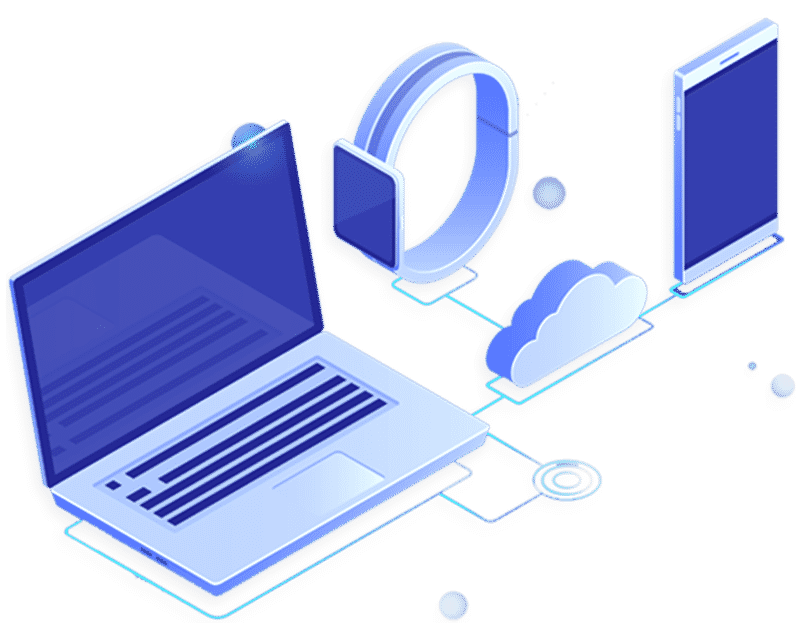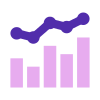DevOps for Internet of Things
PWSLab automates development cycle from simulation, continuous delivery to monitoring.
Why DevOps for IoT?
DevOps, with its focus on reducing delivery cycle times, can increase the speed at which IoT systems can be integrated and function in a seamless and secure manner. Seamless integration can be achieved through a combination of secure app development and operational quality assurance checks.
The DevOps methodology is rooted in the agile philosophy, which attempts to bridge the gap between different technical roles that traditionally worked in silos within the same department in IoT app development.
Application Reliability
One of the main functions for DevOps is to improve application reliability and efficiency—there is less need for coding and increased focus on the rule-based automated configuration of key connected components.
Security
Security by design, which helps improve the security of the connected system. The system allows continuous security testing in real time, which helps improve the security of devices connected in a network.
Faster Release Cycles
DevOps integration increasingly leads to meeting application delivery deadlines. The DevOps metrics lead time is used to measure how quickly the app is deployed after starting work.
Challenges in Internet of Things Projects

PWSLab to the rescue
Benefits of PWSLab in IoT Development
PWSLab DevOps provides framework and tools for process automation of the existing SDLC and to rapidly scale up infrastructure. IoT DevOps will embed the lean startup methodology in organizations looking to drive new services and revenue streams.
Adopt DevOps using PWSLab
Using our methodology and philosophy of implementing DevOps an organization can migrate to DevOps in six simple steps
-
1.
Device Registration
The devices need to connect to each other and to a cloud gateway to send/receive the data, for which the devices have to be uniquely identified and registered at the gateway.
-
2.
Data Ingestion
The devices communicate to the cloud/field gateway, which further ingests the data (device info and telemetry info, such as temperature data from sensors) into the cloud.
-
3.
Command and Control
These components cause the device to take an action and send messages to a device from the cloud, which can be built with PaaS services such as AWS Kinesis, Lambda functions, Azure functions, Azure Logic Apps, etc.
-
4.
Rules and Actions
Components act on specific device-to-cloud data, using the rules defined for processing hot data (data needs to be queried and analyzed within a specified time) and cold data (where the data can be stored for delayed querying).
-
5.
Data Storage
You can store multiple types of data ranging from device metadata, telemetry data from a specified set of devices, hot data, and cold raw data, which needs to be stored and scaled up based on demand.
-
6.
Alerts/Notifications
The analyzed data needs to be visualized to derive more useful business metrics and outcomes, which can be integrated into external systems or other business applications to take preventive and predictive actions.






